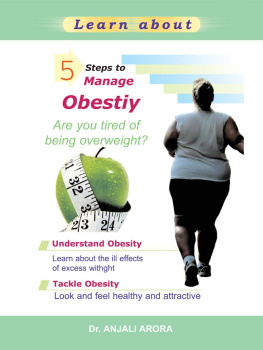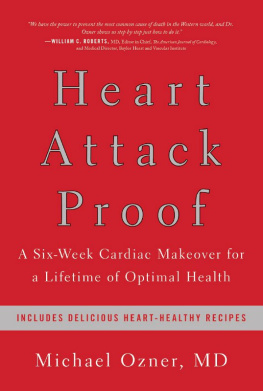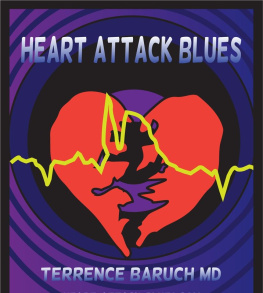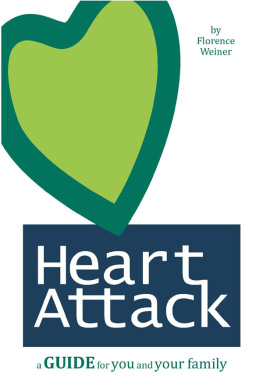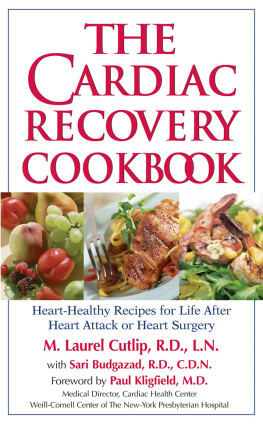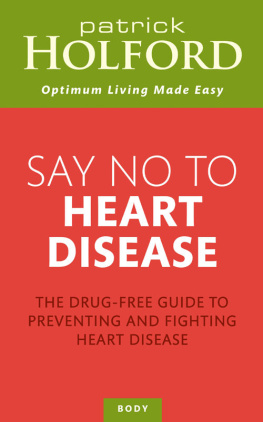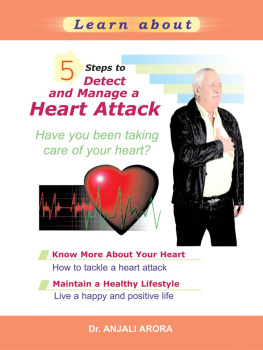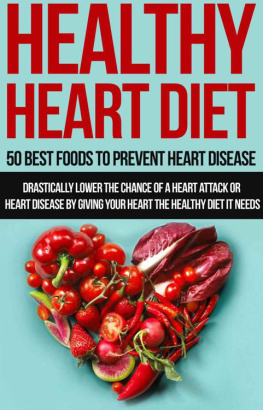Copyright
STERLING PAPERBACKS
An imprint of
Sterling Publishers (P) Ltd.
A-59, Okhla Industrial Area, Phase-II,
New Delhi-110020.
Tel: 26387070, 26386209; Fax: 91-11-26383788
E-mail: sterlingpublishers@airtelbroadband.in
ghai@nde.vsnl.net.in
www.sterlingpublishers.com
5 Steps to
Detect and Manage a Heart Attack
2007, Dr. Anjali Arora
ISBN 978-81-207-3247-6
All rights are reserved.
No part of this publication may be reproduced, stored in a retrieval
system or transmitted, in any form or by any means, mechanical,
photocopying, recording or otherwise, without prior written
permission of the authors.
The author and publisher specifically disclaim any liability,
loss or risk, whatsoever, personal or otherwise, which is
incurred as a consequence, directly or indirectly of
the use and application of any of the contents of this book.
The author wishes to thank all academicians, scientists and writers
who have been a source of inspiration.
Introduction

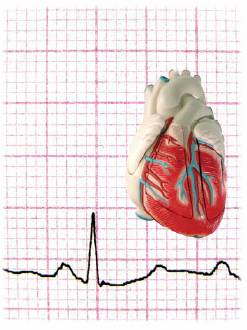
T he word heart attack with reference to any person having suffered it, makes one sit up. Heart attack occurs due to blockage or narrowing of the arteries, that supply blood to the heart muscles. Every person thinks it cannot affect him. It can only occur to the person next door. A famous cardiologist once said that if any man suffers from a heart attack before the age of 80 years, his lifestyle has to be blamed. Man should survive till 100 years if he does not abuse his physical and mental health.

01. Your Heart: How Much Do You Know About It? Your
Answer the following questions to find out how much you know about your heart and its functioning.
1. Where does the heart normally lie?
a. On the right side of the chest
b. More to the left
c. In the centre of the chest (mediastinum)
2. Where do we experience the heart beat to be the strongest ?
a. In the centre of the heart
b. A little on the left side
c. A little on the right side of the chest
3. The heart is supplied blood through arteries, known as
a. Capillaries
b. Coronaries
c. Carotids
4. The chest is often examined by the doctors through an instrument called
a. Sphygmomanometer
b. Stethoscope
c. Angioscope

5. The procedure to study the blood vessels of the heart is
a. Arteriography
b. Angiography
c. Venography
The more times you answer (b), the more you are correct and seem to know about your heart.
Pain
| Cardiac | Non-cardiac |
| Tightness | Sharp (not severe) |
| Pressure | Knife-like |
| Weight | Stabbing |
| Constriction | Like a stitch |
| Ache | Like a needle |
| Dull | Pricking feeling |
| Squeezing feeling | Shooting |
| Soreness | Reproduced by pressure or position |
| Crushing | Can walk around with it |
| Like a band | Continuous |
Breathless
(tightness) |
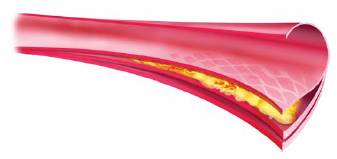
02. Your Heart And Its Arteries (Coronaries)
The Heart
The heart lies in the centre and more towards the left of the chest in an area called the mediastinum. As the heart is tilted slightly to the left you feel the beat of your heart on the left side at the apex. Here the beat is supposed to be the strongest.

The heart is about the size of a fist and weighs less than a pound. It is pinkish grey in colour and is mainly made up of muscle called myocardium. It is hollow and divided into a left and a right side. Each side has two chambers, the one above is known as the atrium and the one below, ventricle.
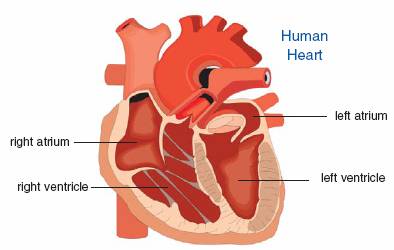
The heart pumps life-sustaining blood through the body. The right side of the heart supplies blood to the lungs, while the left, the stronger side, supplies blood to the rest of the body. Oxygen and glucose are supplied to the body. Carbon dioxide and waste gases collected in the blood are passed into the right atrium and via the right ventricle and pulmonary artery, are pumped out through the lungs. Blood from the lungs takes in oxygen which is breathed in by respiration. This blood goes to the left atrium and then to the left ventricle where it is pumped out from aorta to the rest of the body.
Some Facts about the Heart
- The heart beats approximately 100,000 times each day.
- About 7000 litres of blood flows through the heart.
- Like other parts of the body, the heart receives its food (oxygen and nutrients, e.g. glucose) through a system of arteries, known as coronaries.
- The chances of a smoker suffering from a heart attack are three times more as compared to a non-smoker. On quitting, the risk is cut to half in about a years time. After 10 years your odds nearly return to normal.

Coronary Arteries
Normal coronary arteries are similar to clear pipes and possess smooth linings. Therefore, the flow of blood through these arteries is smooth and free. Risk factors like high cholesterol, smoking, diabetes and high blood pressure can damage the lining of the arteries.
Heart Attack
Heart attack occurs when there is a total blockage of a coronary artery. Heart attack, unlike angina lasts longer. It is a pain of more intensity and is not relieved by rest or medication. Heart attack causes damage to the heart muscle, which is permanent.
Medication often relieves the symptoms of angina. Different types of drugs are available, but they all have one purpose to reduce the contraction and rate of the heart. All medications have possible side effects, which if needed can be discussed with your doctor.
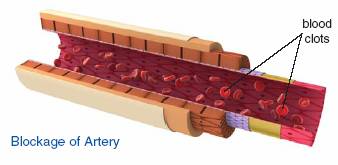
Plaque Formation
Plaque is a fatty substance in the blood (like cholesterol) which often builds up in and around the smooth arterial muscles. Clot forming platelets can accumulate on this. Due to the formation of the plaque, blockage of the vessels starts, restricting the blood flow.
The atherosclerosis plaque can block a part or whole of the affected artery and atherosclerosis is the result. The partial blockage of oxygen rich blood to the heart often results in chest pain ( angina). When the blockage is total, it can result in a heart attack.




